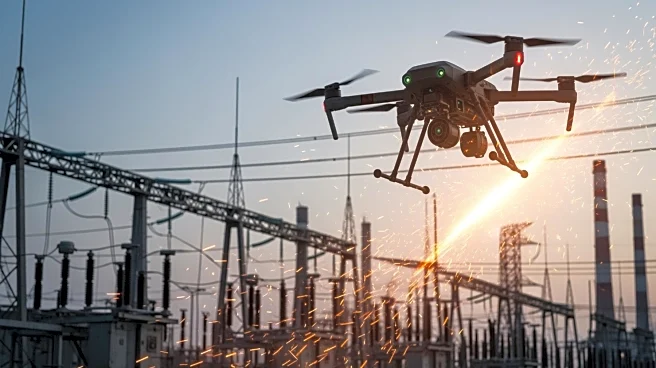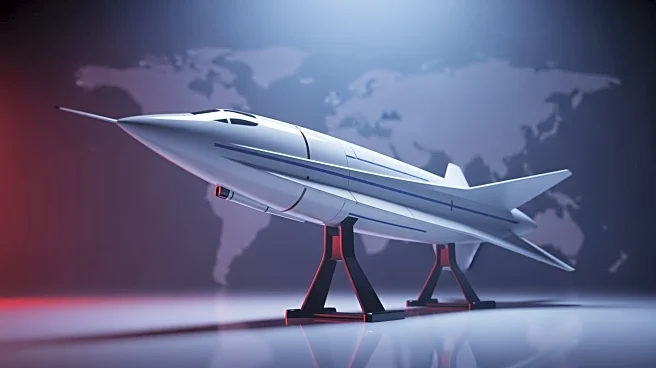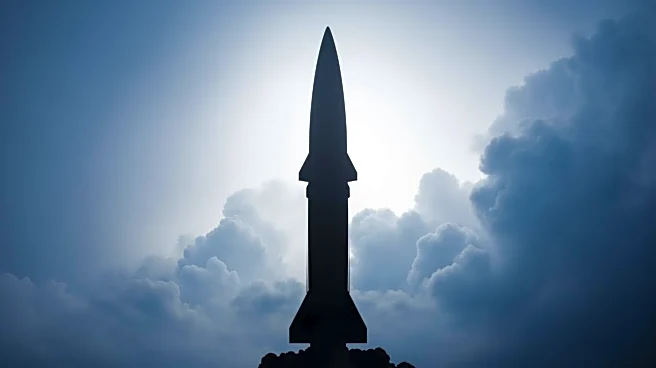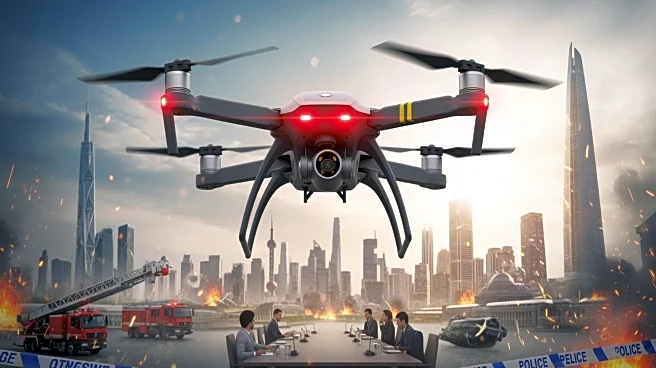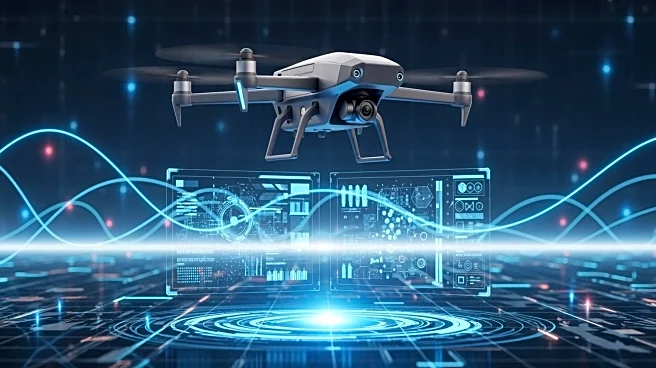What's Happening?
SpaceX's Starlink satellite internet service is facing challenges in supporting Ukraine's military operations, particularly in the use of ground robots on the frontlines against Russia. The limited bandwidth provided by Starlink is affecting the performance
of unmanned ground vehicles (UGVs) used by Ukrainian forces. These robots, which are crucial for delivering supplies, evacuating the wounded, and engaging enemy forces, are hindered by the low data transmission rates, resulting in poor video feed quality. This limitation restricts the speed and efficiency of the robots, making them vulnerable to enemy attacks. Ukrainian tech innovators are exploring alternative solutions, such as using tethered drones with signal repeaters, to enhance communication range and improve operational capabilities.
Why It's Important?
The reliance on Starlink highlights the critical role of satellite internet in modern warfare, especially in areas with limited infrastructure. The bandwidth limitations pose significant operational challenges for Ukraine, potentially affecting the outcome of military engagements. The situation underscores the need for robust and reliable communication systems in conflict zones. The development of alternative technologies, such as AI-powered autonomous systems and signal-boosting drones, could mitigate these challenges and enhance military effectiveness. The broader implications include the potential for increased investment in military technology and innovation, as well as the strategic importance of satellite internet services in global conflicts.
What's Next?
Ukrainian innovators are likely to continue developing and deploying alternative communication solutions to overcome the limitations of Starlink. The use of AI and autonomous systems may increase, reducing reliance on real-time human oversight and mitigating the impact of signal disruptions. The ongoing conflict may drive further advancements in military technology, with potential implications for defense strategies worldwide. Stakeholders, including governments and tech companies, may need to collaborate to address these challenges and ensure the availability of reliable communication infrastructure in conflict zones.
Beyond the Headlines
The situation raises ethical and strategic questions about the use of autonomous military systems and the role of private companies in warfare. The reliance on commercial satellite services like Starlink highlights the intersection of technology and national security, prompting discussions on the regulation and oversight of such technologies. The development of autonomous systems also poses ethical considerations regarding the delegation of life-and-death decisions to machines, which could have long-term implications for military doctrine and international law.




